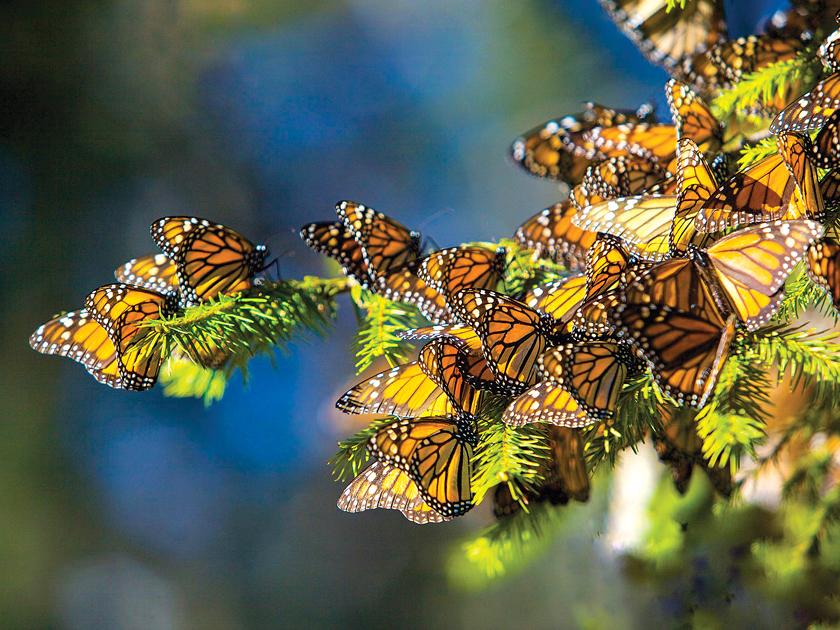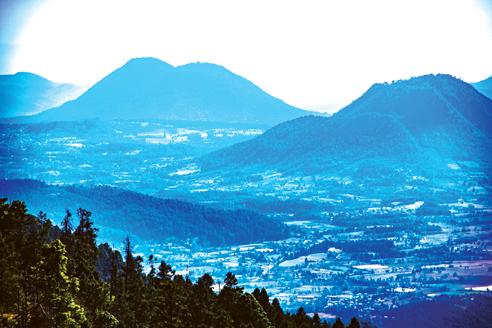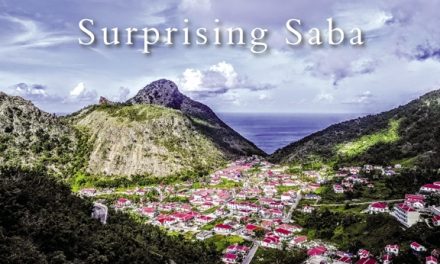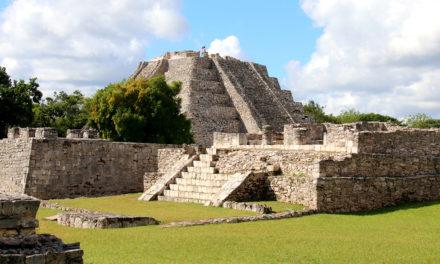Mexico
The Monarchs of Michoacan
by Nicholas Kontis
Every autumn, as cold weather arrives in Canada and the United States, Monarch butterflies begin their migration to the warmer climes of Mexico. Flocking south in colonies of over 20 million, and depending on weather conditions, they travel 80 to 120 miles a day until they reach Michoacán, as many as 3,000 miles south of their summer homes.
Four butterfly sanctuaries, all within a single biosphere reserve, are open to the public in the adjacent states of Michoacán and Mexico. The two most frequented, both in Michoacan, are El Rosario, not far from the town of Ocampo, and Sierra Chincua, outside Angangueo.
Monarch butterflies travel further than any other insect. Their long journey begins in August, but it is mid to late November before they settle into the rugged forested mountains of Michoacán, its tall pine and oak trees sharing the Oyamel fir forest. The butterflies swarm the region, showcasing a sea of orange in the far-reaching trees. For eco-travelers, their mating ritual is an exceptional experience.
Over the next five months, nearly 1 billion of these flighty insects hunker down in the thick forests of the protected Monarch Butterfly Biosphere Reserve, on their annual return from the US and Canada. In 2008, UNESCO honored the reserve as a World Heritage Site.
Monarch butterflies can fly as high as 1,200 feet, although cooler temperatures keep them nearer the earth. Their life cycle is four generations — three of which survive only about a month. The fourth group live up to nine months, and these are the ones that migrate between central Mexico and the northern United States or Canada.
Their bright orange-yellow color comes from milkweed, the sole host plant of the Monarch. Deforestation and pesticides are its most significant threats.
Witnessing the Monarch migration should be on every traveler’s radar. January and February are the best months for visits, as it’s during this time that the butterfly population is at its highest.






